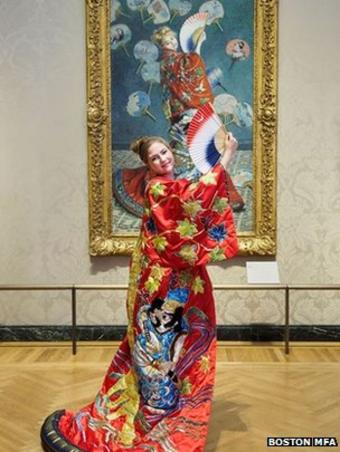Last week, Monday July 6, the Guardian reports…
The Garrick Club, one of London’s last remaining gentlemen’s clubs, has voted to continue its policy of not admitting women as members. At the club’s annual general meeting at the Palace theatre on Tottenham Court Road, 50.5% voted in favour of allowing females to join. The club requires a two-thirds majority before rules can be changed.
Oh well, you may be thinking…it’s a private club; freedom of association; people are allowed to choose their friends; there has to be somewhere people can just…just…
The decision to continue to exclude women is significant because the Garrick Club has a place at the heart of the British establishment, with supreme court judges, cabinet ministers, academics, senior civil servants, diplomats and journalists among its members, as well as well-known actors.
See that’s why this is shit. It’s the same way all those “private” decisions to take the clients out for a night with the lads or an afternoon on the golf course with the lads are shit – they shut women out of the places where contacts are made and cemented, deals are done, networks are woven, decisions are discussed, plans are formed. It’s not actually private.
Another member said he had been undecided about how to vote. He asked: “I’m a huge supporter of all things anti-racist, non-gender and anti-ageist but why shouldn’t we have one or two places where chaps can get together?”
Like, oh, say, parliament and the universities. Fair’s fair, eh?
The Garrick is one of a handful of gentlemen’s clubs in London that still refuses to allow women members, along with White’s – where David Cameron was a member until he became leader of the Conservative party – Pratt’s, Boodles, Brooks’s, the Turf Club and the Travellers Club. At various points over the past 30 years, establishments such as the Reform Club, the Athenaeum and the Carlton Club have voted to admit women.
That’s a pretty significant handful.
When the 2010 Equality Act was drafted, there was some discussion by Labour MPs of whether the legislation could be used to make these clubs illegal, but this proved impossible without simultaneously making it illegal to have, for example, women-only swimming clubs. The act banned clubs from excluding people on the basis of colour but allowed them to continue excluding women.
Well actually the act banned clubs from excluding men on the basis of colour – men, not people. (Don’t talk to me about women-only swimming clubs. Those aren’t where the deals are done.)
With a large number of members well past retirement age, many Garrick members protest that the club is no longer a bastion of male influence where crucial networking takes place, preferring to cast it as a gentle backwater, where people go to relax and retreat from their professional lives. Only a few concede that it is still an important place for making informal but useful work-related connections.
Men, dammit. Where men go to relax and retreat from their professional lives. If you say “people” you’re just veiling the exclusion.
But there has been growing antipathy among women in the legal profession towards a club that welcomes so many male QCs and judges, yet excludes women. Baroness Hale, Britain’s most senior female judge, the first and only woman among 12 supreme court judges (several of whom are Garrick club members), has expressed outrage at the club’s continued exclusion of women. “I regard it as quite shocking that so many of my colleagues belong to the Garrick, but they don’t see what all the fuss is about,” she told a law diversity forum. She said judges “should be committed to the principle of equality for all”.
Well she would say that, wouldn’t she – she’s a woman.
(This is a syndicated post. Read the original at FreeThoughtBlogs.)







